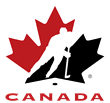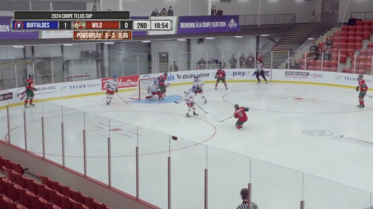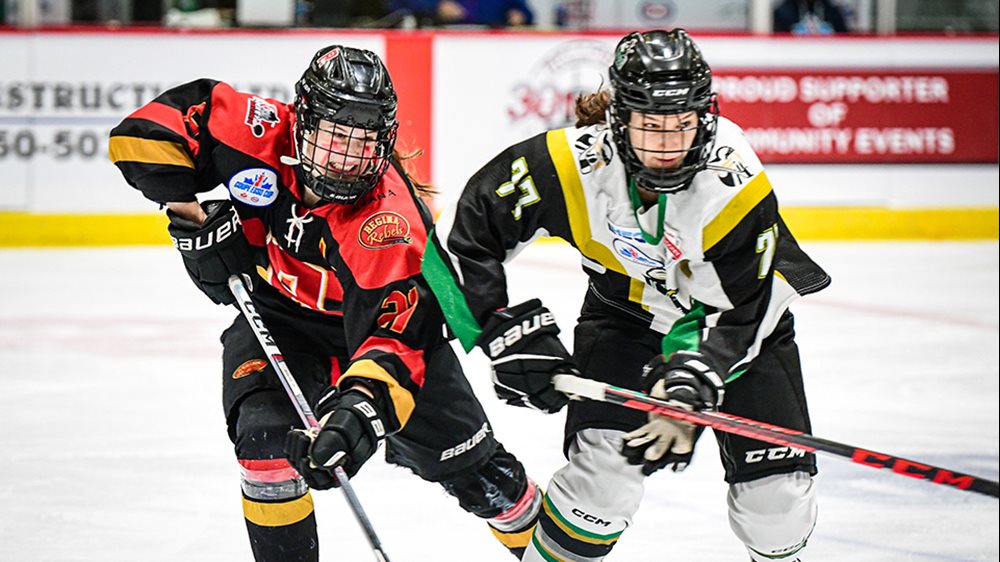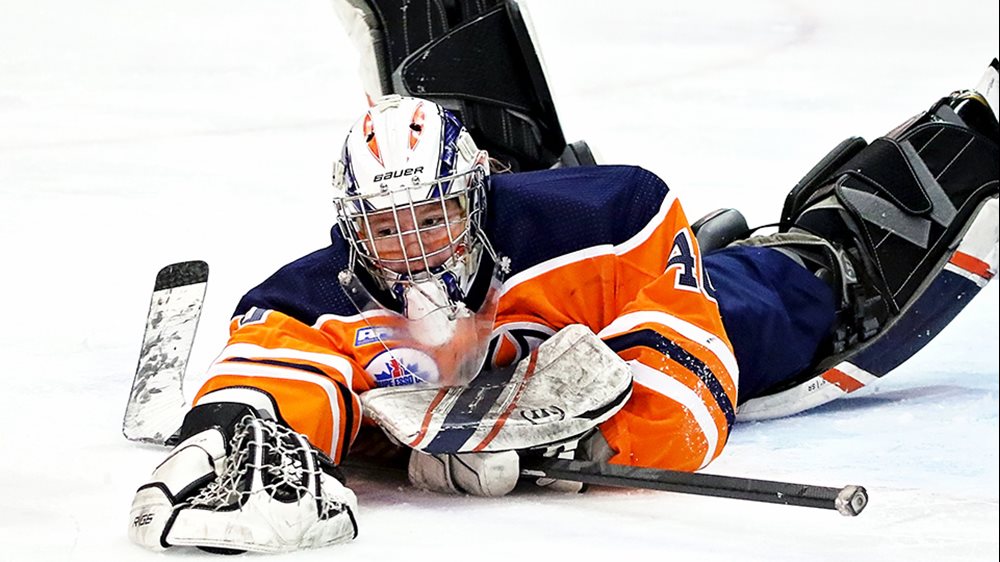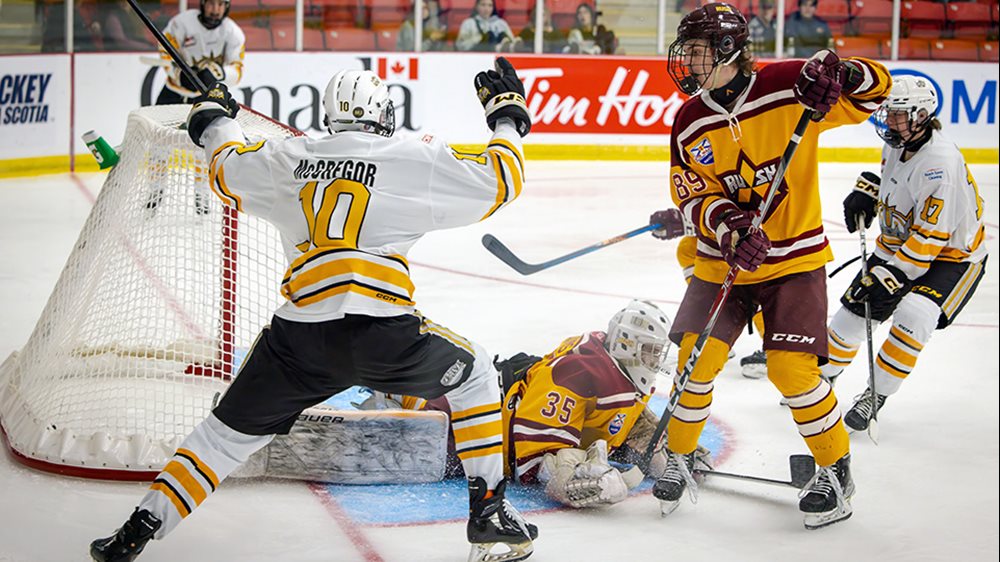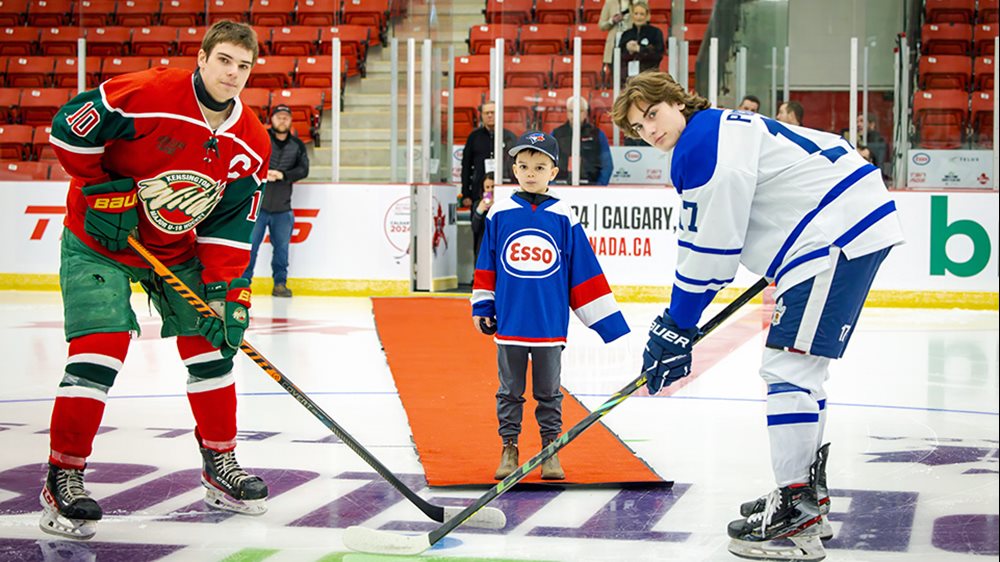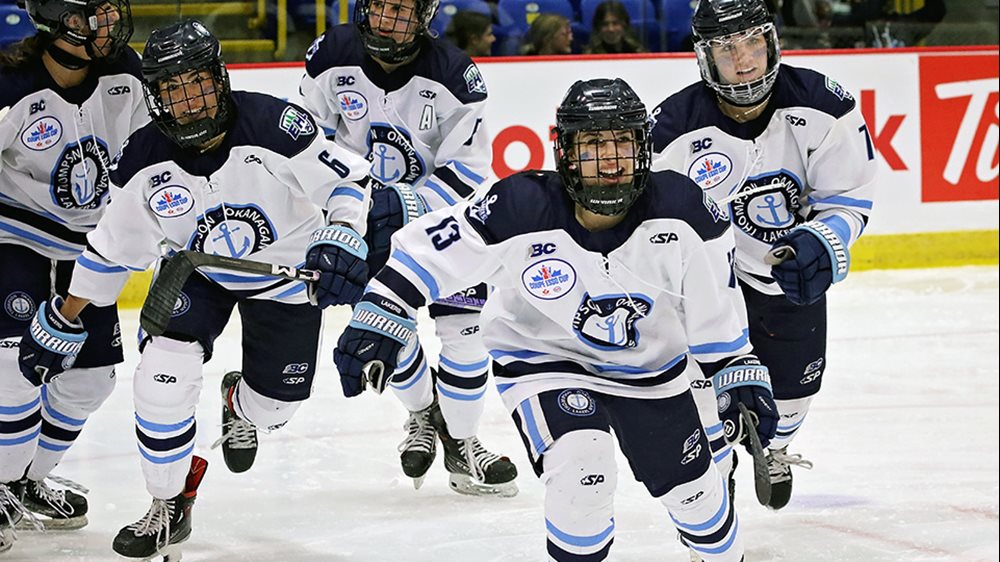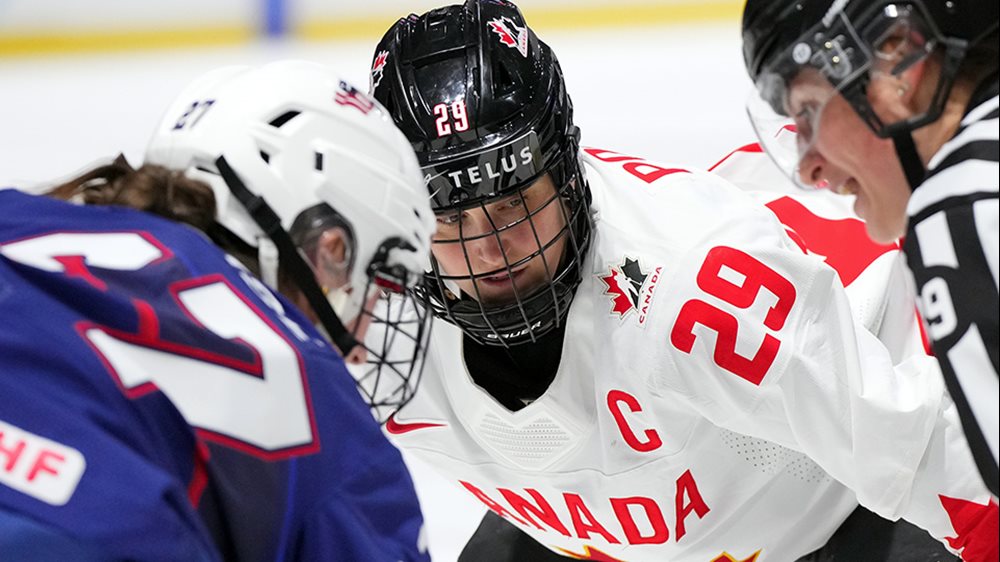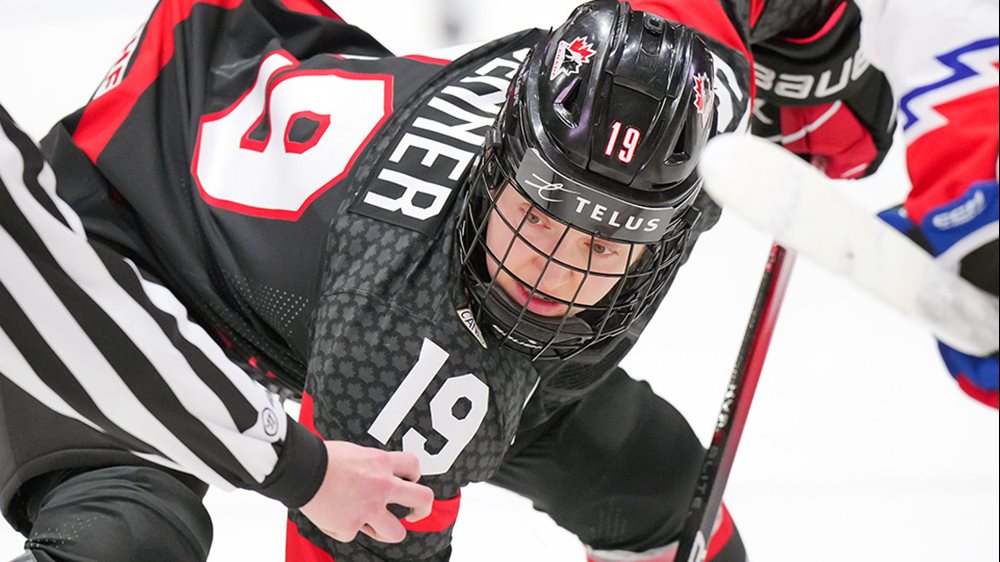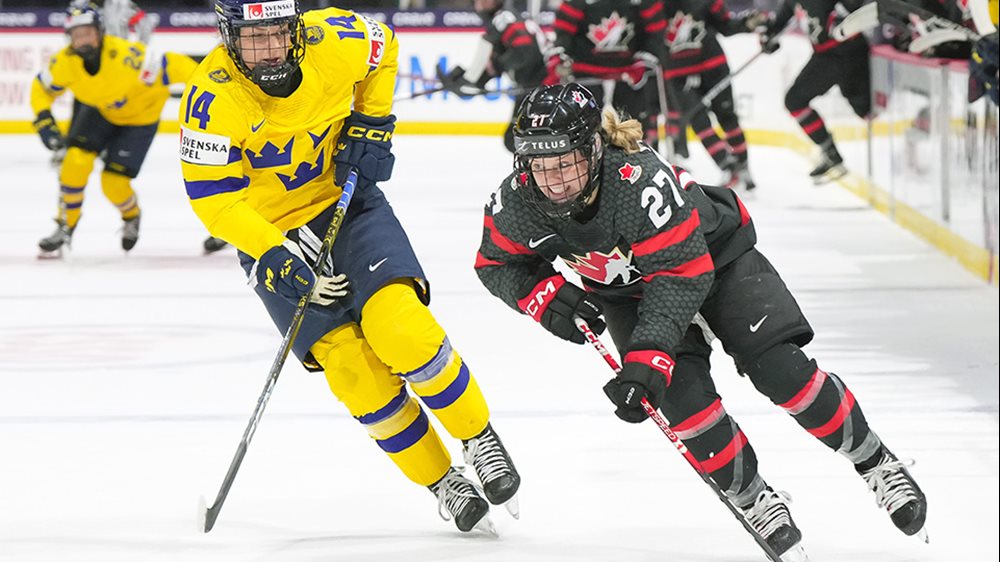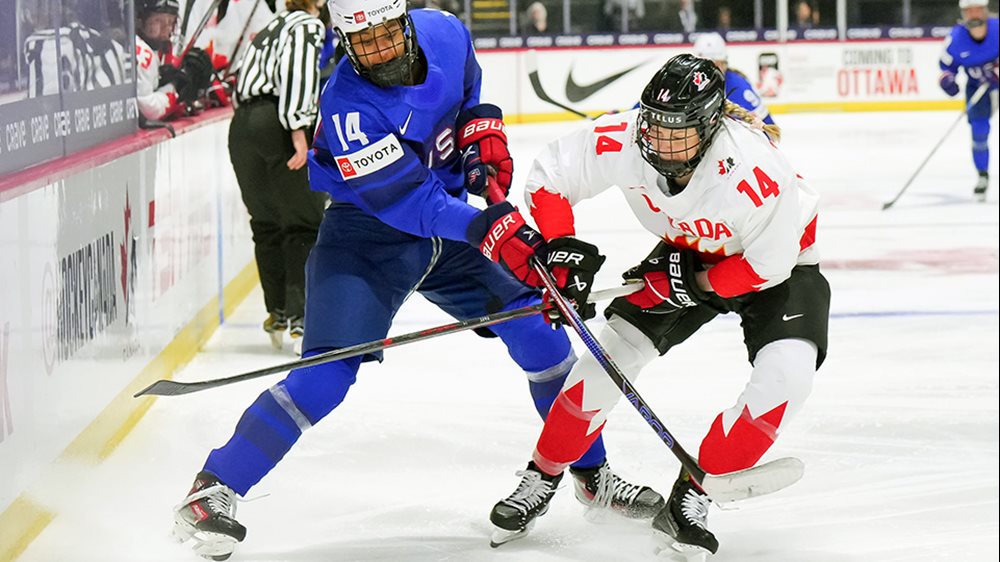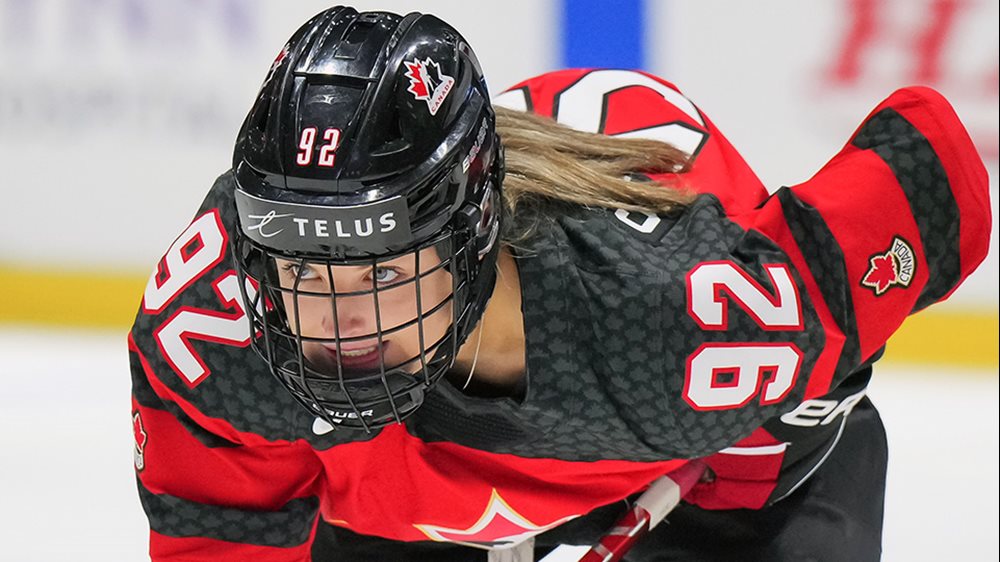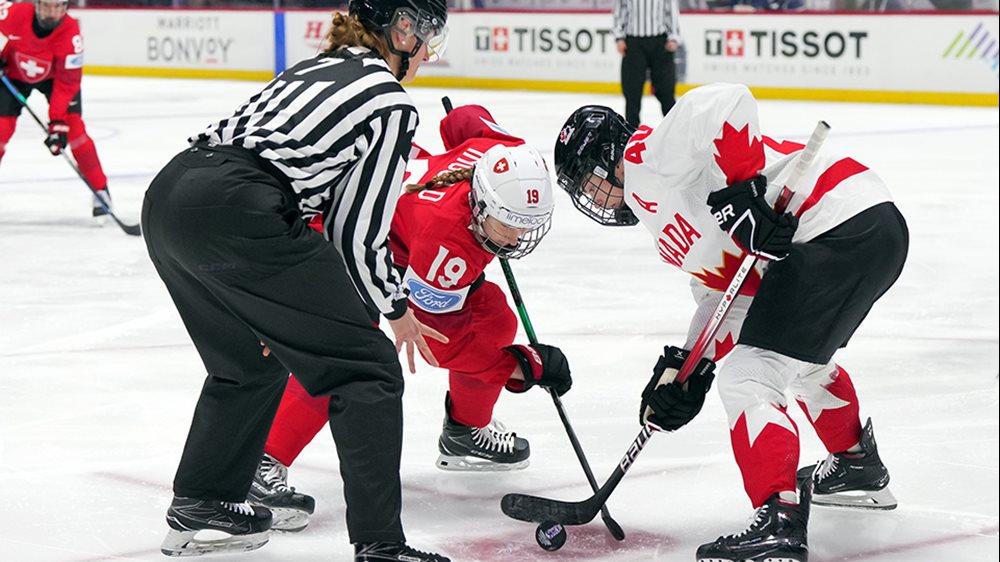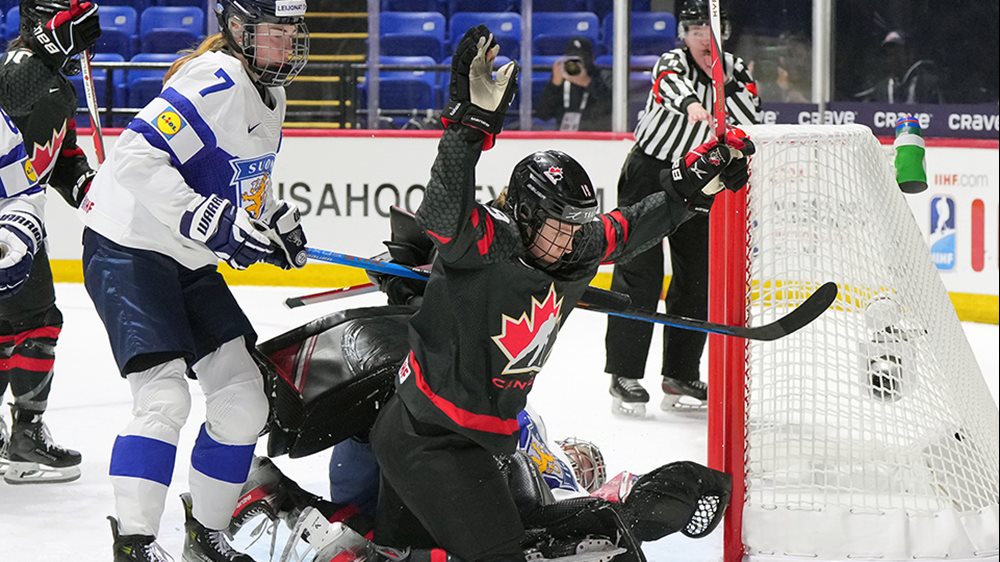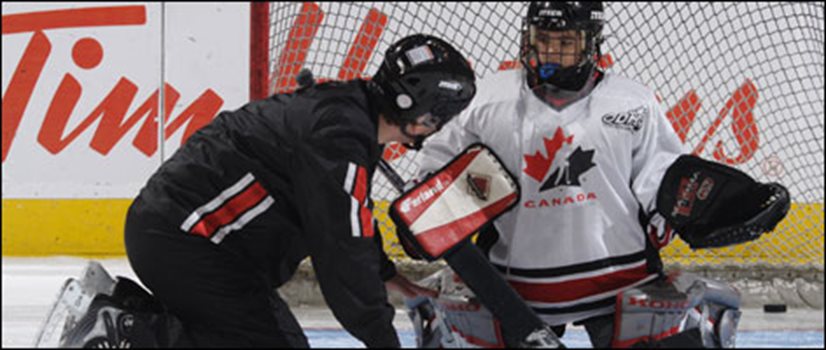
Teaching a Beginner Goaltender
There are certain things to look for when teaching a beginning goaltender. The first and most obvious is skating skills. In order to be a good goaltender, you don’t necessarily have to be the fastest skater on the team, but a goaltender needs to be extremely agile and have great balance. Before you decide to put a goalie in the net I suggest that your goaltender be comfortable with their skating skills. This is the main reason minor hockey programs will wait until the ages of 8-9 years of age before allowing a child to become a fulltime goaltender. It is important for them to develop their skating skills as a player, in order to become good goaltenders.
When teaching a new goaltender the instructor should focus more on the mechanics of skating and the butterfly technique. Similar to when you’re teaching a child anything such as hitting a baseball or swinging a golf club, hitting the ball is not what is important, it is the swing that matters. The same goes with goaltending, it isn’t so much about stopping the puck at first, it is more about getting the proper technique in place. When the proper technique is set, making the save will come naturally. With that being said, I would like for coaches and instructors to remember that there is a time and place for mechanics to be taught and time for the child to just have fun and let their athletic ability take over. I believe both play an important role in goaltending as more and more young goaltenders are being taught only the mechanics of goaltending, but not being allowed to use their athletic ability.
The first and easiest drill I suggest doing with a beginning goaltender is to use the goal line and have them practice t-pushes and shuffles across it. The t-push technique is the fastest way and easiest movement to get around the crease when playing goal. The goaltender should first start in their proper stance facing forward, in one easy motion they will turn their skate outwards to the side and push with the other foot gliding along the blade of the skate. The distance they should travel is about 3-4 feet at a time. The most important thing to look for is if their head is bobbing up and down. It should be a level motion and they should try to stay low and in their stance. A young goaltender most likely will have trouble with this until their legs become stronger. The goaltender should not be coming out of their stance to move, it should be a continual, smooth transition.
I also suggest the coach do everything in sequence, telling the goaltender when to push and when to stop. For example, when the drill is in progress the coach should be calling out…PUSH…STOP…PUSH…STOP…PUSH …STOP. This will allow the goaltender to have a second in-between pushes so that he or she can gather oneself and get in a set position to push again. The drill should be done from corner to corner all the way across the goal line. Repeat the drill back the opposite way so that the other leg will be used and the goaltender can become more efficient moving in both directions.
The same drill will be done using the shuffle, by lining them up and having them go again across the goal line. The difference with the shuffle is the goaltender will stay in their stance moving sideways at all times, they do this by sliding their outside skate along the ice while pushing with the opposite foot. Again this will be difficult for a young goaltender to do as they need to develop strength in their legs. The same rules apply here by having them stay in their stance, without their head bobbing up and down. The difference with the shuffle is that it allows for small adjustments. The goaltender will not be able to move as far as they would with a t-push as there is no gliding ability when doing a shuffle. So, look for the goaltender to only be able to move 1-2 feet at a time. It is more of a small movement positioning tactic, whereas the t-push is used when having to travel greater distances or when there is a need for more speed.
The beginner butterfly save is the next area to teach new goaltenders, they again must have the proper mechanics and everything else will eventually fall into place. The beginner butterfly should be taught at first using no pucks. Have the goaltender drop to their knees and then get up again. Repeat each movement allowing the goaltender to recover in between. Repetition will be the key teaching tool, as they will get better as they repeat the drill. The goaltender should be taught to butterfly with their stick covering the five hole and their legs stretched out to the sides; gloves do not drop to the knees and should be kept in a ready position. The goalie should not be kneeling on the face of the pad. Instead the pads should be on their side, building a wall, and the goaltender’s knees should be resting on the inside knee pad. Their chest needs to be up and not sunk down, with the body leaning slightly forward.
Set your goaltender in the proper stance standing on their feet. On the coach’s signal, they should drop to their knees and wait for the coach’s cue to get back to their feet. When they do drop, it is important to look for these certain things:
1. Their hands do not have to move much when dropping into the butterfly, they may come down a little, but have them avoid dropping them completely and have them at a ready position at their sides.
2. The pads should not be face down; rather, they should be on their sides with the inside roll of the pad along the ice.
3. It should be a smooth motion with limited head bobbing or arm movement.
4. Stick should be covering five-hole.
5. Chest needs to be in an upright position leaning slightly forward. We never want our goalies falling backwards; always teach your goaltenders to fall forward if they happen to lose their balance.
Once this is taught and the goaltender is somewhat comfortable with a butterfly save, I suggest adding pucks and shooting low shots from the slot and then off to the sides for angle work. Remember to shoot slowly and allow for recovery time in between shots.
These drills and ample practice time developing skating skills and a proper butterfly technique will be a good way to start any goaltender off in the right direction. I suggest the instructor remember to go slow and allow ample recovery time for these beginner goaltenders. It will make a world of difference and their progress will be more rapid.
For more information: |
- <
- >
